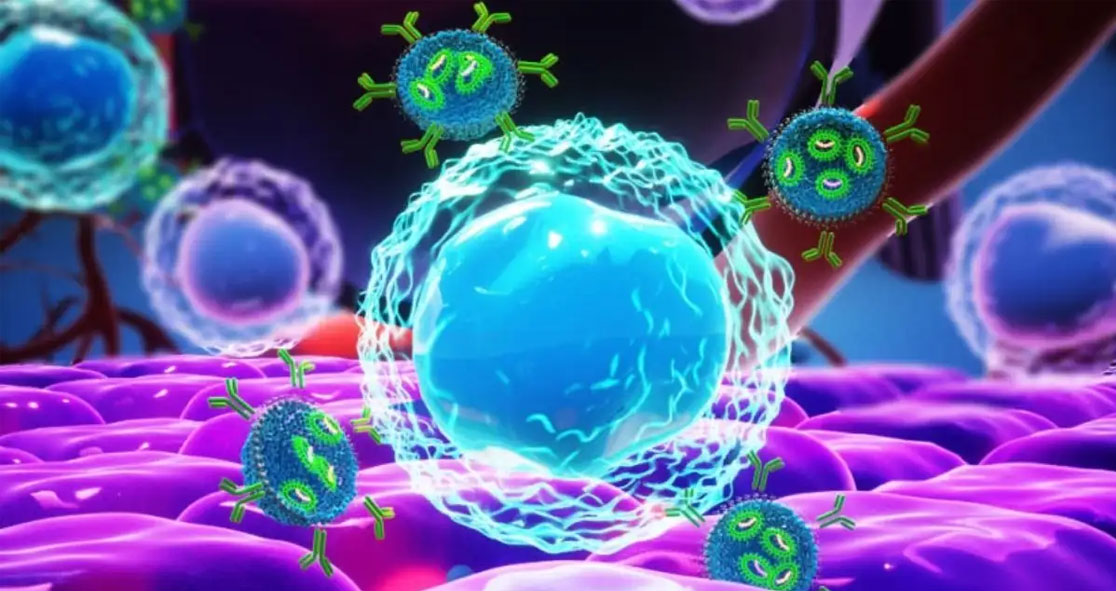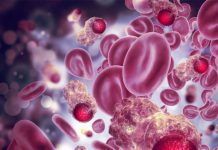A study from Danish researchers has found that cancer cells eat themselves to survive life-threatening injuries. The cells use a technique in which they eat parts of the membrane surrounding them, according to Science Daily.
The researchers focused on the membrane of cancer cells, finding a completely new way in which cancer cells can repair by eating themselves.
In normal as well as malignant cells, the cell membrane acts as the skin of the cells, according to Science Daily. And damage to this membrane can be life-threatening.
The new study has shown that cancer cells use a technique known as “macropinocytosis.” In this technique, the cancer cells pull the intact cell membrane in over the damaged area and seal the hole in a matter of minutes.
Lead researcher Jesper Nylandsted of the Danish Cancer Society’s Research Center and the University of Copenhagen said, “Our research provides very basic knowledge about how cancer cells survive.”
“In our experiments, we have also shown that cancer cells die if the process is inhibited, and this points towards macropinocytosis as a target for future treatment,” he added. “It is a long-term perspective, but it is interesting.”
Metastasis is one of the most dangerous properties of cancer, in which the disease spreads in the body. Once metastasis settles in, cancers become more aggressive, making it more difficult to treat and typically requiring more extensive treatments.
When cancer cells spread through the body, the tissues are particularly prone to damage to their cell membrane.
The researchers have previously shown how cancer cells use another technique to repair the membrane by tying off the damaged part, like a lizard throwing its tail, per Science Daily.
However, their lab experiments could indicate that the aggressive cancer cells use macropinocytosis.
This could be because the cancer cells have the opportunity to reuse the damaged membrane.
Although the team has published the new findings, their work is still ongoing.
Another member of the research team, Stine Lauritzen Sønder, said, “We continue to work and investigate how cancer cells protect their membranes. In connection with macropinocytosis in particular, it is also interesting to see what happens after the membrane is closed.”
“We believe that the first patching is a bit rough and that a more thorough repair of the membrane is needed afterwards,” she added. “It can be another weak point in the cancer cells, and is something we want to examine closer.”





















